Is It Unusal to Back Wash a Pool Sand Filter Once a Week?
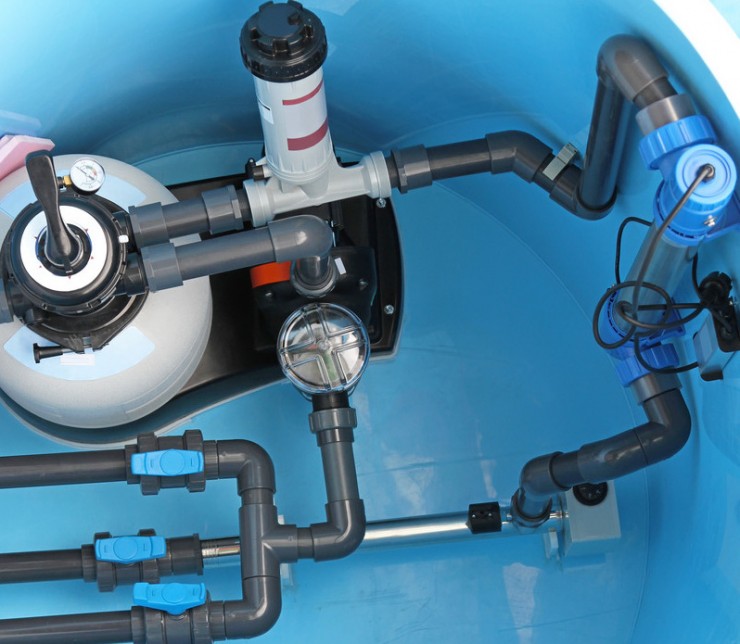
All sand filters use the same basic mechanics: when set to Filter, water flows from the pool, through the filter, and back into the pool. The filter medium (sand or DE) inside the filter system blocks debris, dirt, and oil. A typical pool filter multiport system has 6 different settings – Filter, Backwash, Rinse, Circulate, Closed, and Waste.
However, when you vacuum your pool a concentrated level of dirt and debris get deposited in the filter – the result being that the filter becomes dirty and clogged with contaminants that, if left unchecked, will reduce the filter medium's ability to clean and if left could restrict the waterflow and put extra strain on the pool.
What is Backwashing?
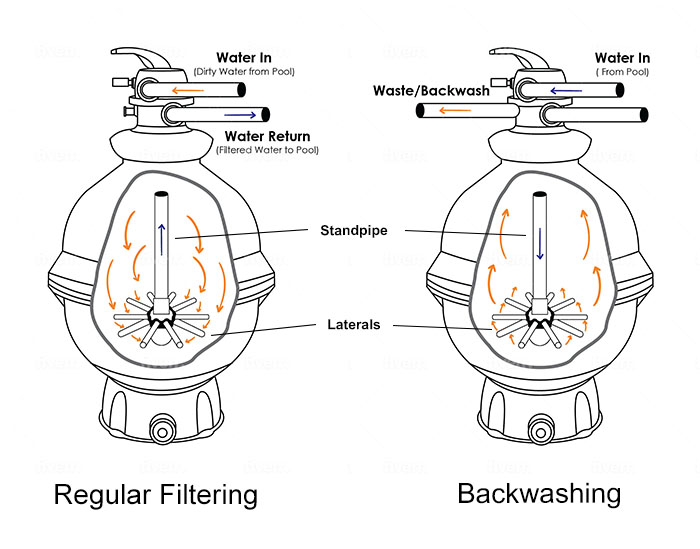
Backwashing or backwash reverses the flow of water through the pool's filter, lifts up and flushes the filter medium (sand or DE), and then expels the dirty water via a waste line into the ground or drain.
Backwashing is essentially the process of cleaning the pool filter and needs to be done on a regular basis. More on that later.
In order to ensure against residual blowback into the pool, once you've finished backwashing it is highly advisable to rinse the filter. Just as the backwash lifts and flushes the sand, the rinse reseats the sand in its original position for optimum filtration.
Read on to learn how to backwash your pool.
How to Backwash a Sand Filter
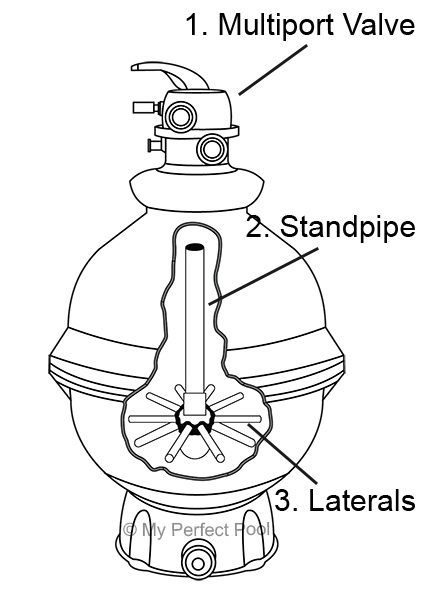
A pool sand filter uses sand to catch contaminants in your pool's water. Pool water is circulated through special filter grade pool sand.
From time to time, you will need to clean your sand filter by backwashing it. Here's how to backwash a sand filter:
- Turn off the pool pump.
- Set the sand filter valve handle to the BACKWASH pool position and ensure the handle locks in place.
- Turn on the pump and backwash for 2 minutes or until the water in the sight glass (located on the filter) is running clear.
- Turn Off the Pump.
- Set the filter valve handle to the RINSE position and ensure the handle locks in place.
- Turn on the pump and run the rinse process for 1 minute or until the water in the sight glass is clear.
- Turn Off the Pump.
- Close the skimmer valves to prevent water from entering the filter from the pool. Empty the filter skimmer basket and clean out the hair catcher.
- Re-seat and seal the skimmer basket and hair catcher.
- Reopen the skimmer valves.
- Reset the Filter Valve to Filter and ensure the handle locks into place.
- Turn On the Pump.
How to Backwash a DE Filter
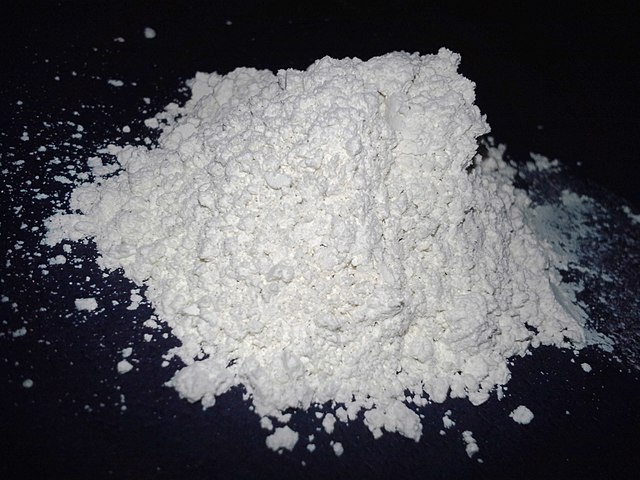
A DE filter uses uses Diatomaceous Earth (DE for short) instead of sand to catch contaminants. D.E. is a much finer medium than sand and therefore does a better job at filtering your pool water. However, there is some extra maintenance required when backwashing.
Backwashing a D.E. Filter is similar to a sand filter with one extra step of topping up the diatomaceous earth.
Important: before you start, make sure you have some D.E. powder on hand as you'll need to top up the filter after backwashing. DE get's washed out when backwashing.
Here's how to back wash DE filters:
- Switch off the pool pump.
- Select the BACKWASH setting on the filter valve.
- Turn the pump back on and backwash until for 2 minutes or until the water runs clear (you can check this in the sight glass on the side of the filter).
- Turn the pump off.
- Select the RINSE setting on the filter valve.
- Turn the pump back on and rinse for 1-2 minutes. You can repeat steps 2 to 6 a few times if the filter is particularly dirty.
- Turn the pump off and select FILTER
- Add D.E. powder.
- Check the manufacturer's instructions as to how much. It will likely be 3-6 lbs (or about 80% of the full capacity of the filter).
- Usually you will add this to the skimmer (mix the DE with water first) and/or you'll add some D.E. powder in the pump strainer and the rest in the skimmer. Again check the manufacturer's instructions.
- Run the pump on the FILTER setting for 30 minutes or more to allow the D.E. powder to coat the filter grids again.
Can You Backwash a Cartridge Filter?
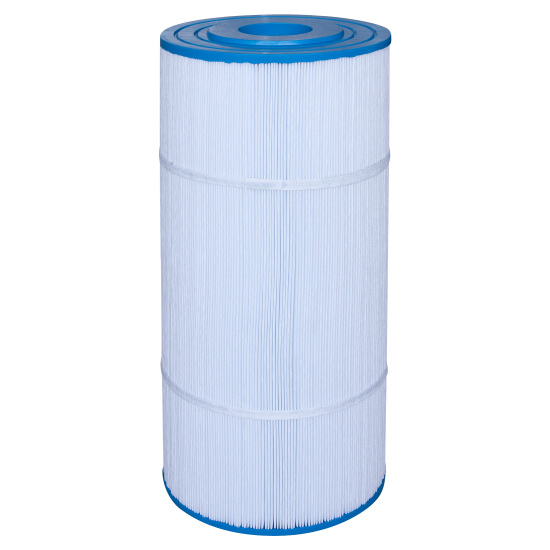
Pool cartridge filters cannot be backwashed unlike their cousins sand filters and D.E. filters. Cartridge filters are not designed to run "backwards".
However cartridge filters can and should be cleaned on a regular basis. To clean a cartridge filter you'll need to open the filter up and remove the cartridge. Rinse and spray the cartridge with the hose every 4 weeks and give it a deep clean every few months.
We have full instructions to deep clean your cartridge filter in our blog here:
How to Clean Pool Cartridge Filter (Using Muriatic Acid)
How Often to Backwash Pool
As a rule of thumb, regardless of if you have a sand filter or DE filter, you should backwash your pool about once a week during swimming season. The optimal time is right after you vacuum the pool. If your pool has had a lot more use than normal, it may be necessary to backwash twice a week.
We recommend this suction cleaner and this robotic cleaner.
Also, if your pool is particularly prone to leaves, more frequent backwashing may be necessary since leaves, other debris from trees, and contaminants from birds etc. will be entering your pool.
You can also tell when it is time for a backwash by checking the filter's pressure gauge. Normal operating pressures are between 50 and 170 Kpa (kilopascal) or 10 – 25 psi. When the sand gets dirty and clogged up, however, the pressure reading rises.
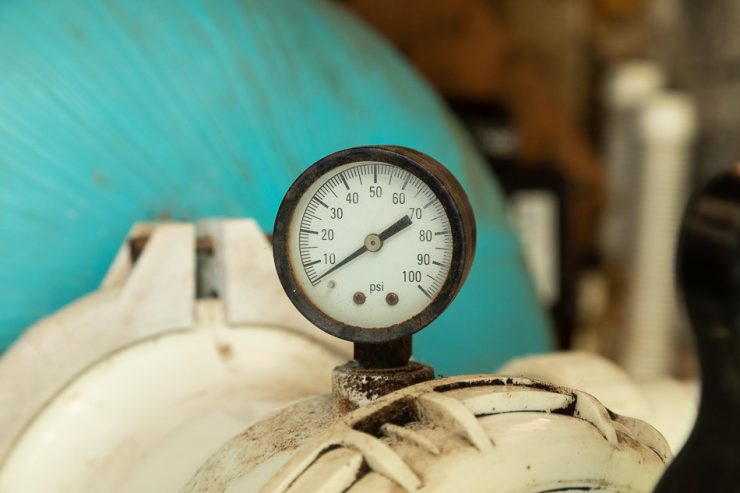
If the pressure on the gauge is showing 5-10 psi higher than normal, it's time to backwash.
If you have already backed washed your pool and the pressure is still high, check out our article: 8 Reasons Filter Pump Pressure is High (And How to Fix)
When Not to Backwash
If your pool contains an unusually high level of dirt (for instance, as a result of a nearby construction site, a protracted period of being untended and uncovered, or possibly from runoff caused by flooding) it may be advisable to by-pass the filter entirely.
This is also the case if your water had, or has had, an algae problem. Live algae easily pass through the filter sand and re-enters the pool. And the same goes for dead algae following a shock treatment. You can read more on preventing algae here.
In these cases, instead of vacuuming and backwashing, it may be better to vacuum directly to WASTE, and to send the vacuumed water directly down into the drain.
Important Backwashing Tips
- The one downside of backwashing is that, because water is expelled from the system and sent into waste, is that it…well…wastes water. While this is unavoidable, the key to not overdoing the backwash process and flushing out more water than strictly necessary is to keep a careful eye on the colour and quality of the water in the sight glass.
- Don't backwash more than necessary, or for longer than necessary. Sand filter systems operate most efficiently during the middle of the filtration cycle. This is partly due to the positioning, at any given time, of the sand in the filter, and partly because of the cyclical build-up of collected dirt and debris in the filter. The net effect is that too much or to frequent backwashing actually reduces the sand filter's efficiency.
- Because backwashing inevitably washes out some of the sand along with the dirt and debris, from time to time it will be necessary to top up the amount of sand in the filter. When you do add extra sand, run the filter system on RINSE for a minute or so to reduce the amount of sand blowback into the pool. We recommend this replacement filter sand here.
- Finally, absolutely make sure you always turn off the pump before you either move or reset the filter valve setting. If you don't, you're going to damage, and maybe destroy the system.
Recommended Products
Pool Sand Filter
Replacement Filter Sand
Swimming Pool Vacuum – Automatic Suction Cleaner or Robotic Cleaner
Related reading:
How to Get Sand Out of a Pool
Cloudy Pool Water: Why & How to Remedy
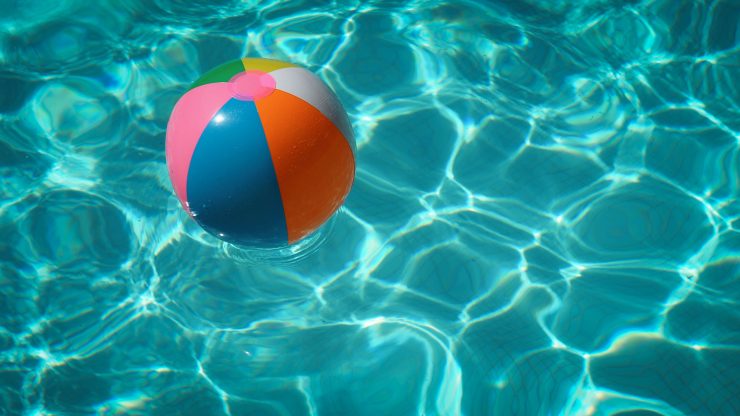
Is It Unusal to Back Wash a Pool Sand Filter Once a Week?
Source: https://www.myperfectpool.com.au/backwash-pool-sand-filter-often.html
0 Response to "Is It Unusal to Back Wash a Pool Sand Filter Once a Week?"
Post a Comment